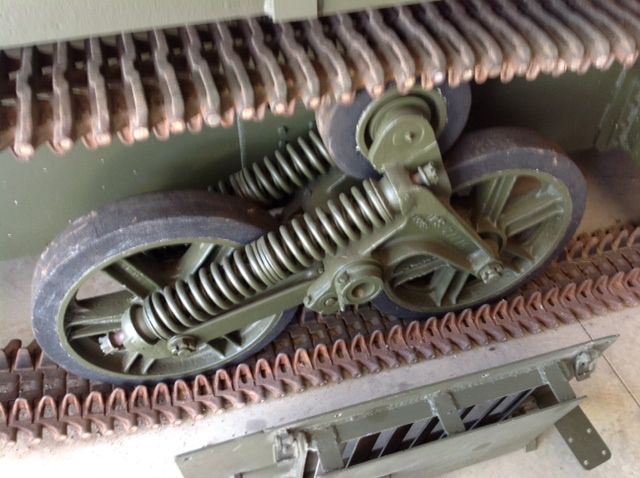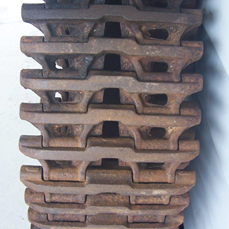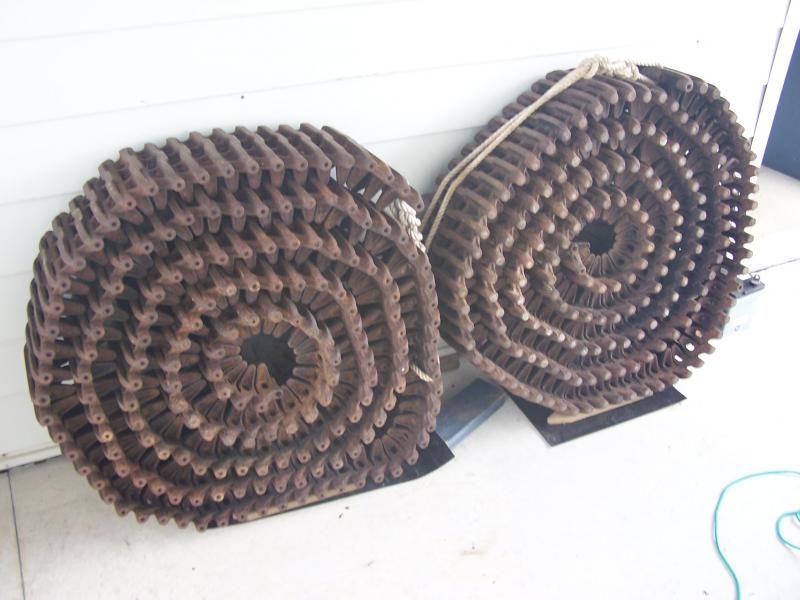I was moved to post this after reading an exchange on Daniel's Mk IV thread about how to rust tracks.
Every now and again, I like to tilt at windmills and rusted tracks is a fair target. "Weathering" seems to be ever more popular with the plastic modellers and some take it to extreme. "Rusting" is very "on trend" as the fashionistas say.
Paul says the Tank Museum asked for their Mk IV to have rusted tracks. But they're museum people, used to seeing vehicles in various states of preservation. Admittedly, they do operate some of their vehicles but I suspect they are responding to the very popular notion that tracks on a model of an operational vehicle should be rusted.
So what's the evidence?
- Modern tracks are powder coated alloys which do oxidise of course if not used but don't exhibit that distinctive redish "rust".
- The inside surfaces of any track in contact with the running gear and in regular use will be polished to bare metal.
- Older steel tracks will oxidise more heavily but only if not in regular use. The "rust" will only be evident in parts which have no rubbing surface. That will quickly disappear with running.
- Tanks in museums and storage do show rust but it's usually much more pronounced on unprotected armour than on the tracks:

It's of course a matter of choice and some will see beauty in rusted tracks. A more realistic and appropriate approach might be to apply some very restrained oxidation but expect to hear an irate sergeant major shouting "get those ..... tracks cleaned".
Personally, I avoid rusting effects pretty much without exception. Having spent best part of a working life on tanks, I don't think they have any place on an operational armoured vehicle. I now stand ready to be shot down in flames.... but I did say I like tilting at popular windmills.
Happy model building to all.
Stephen







